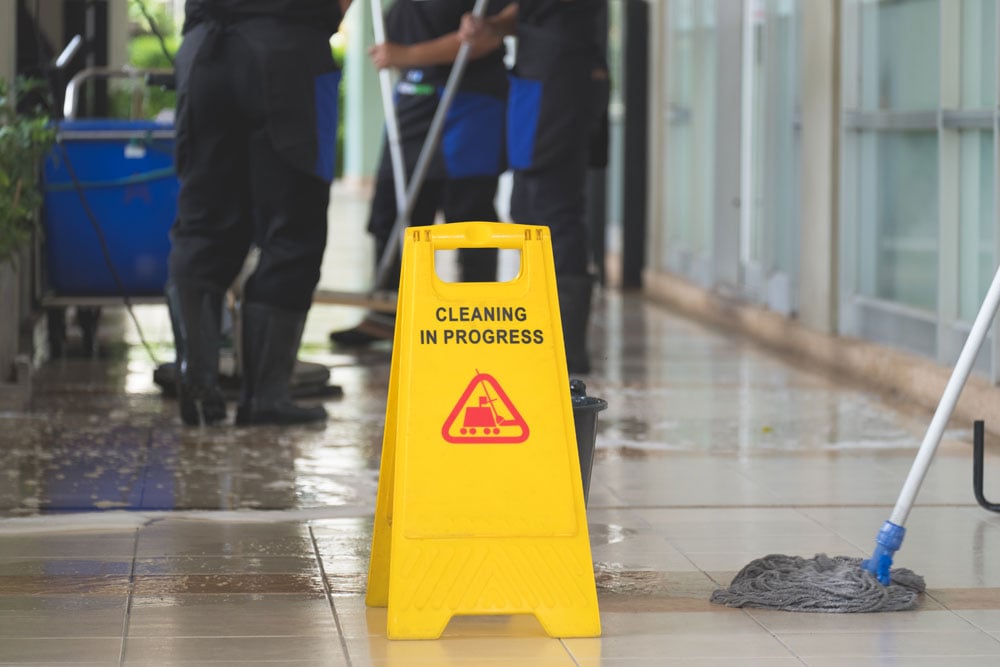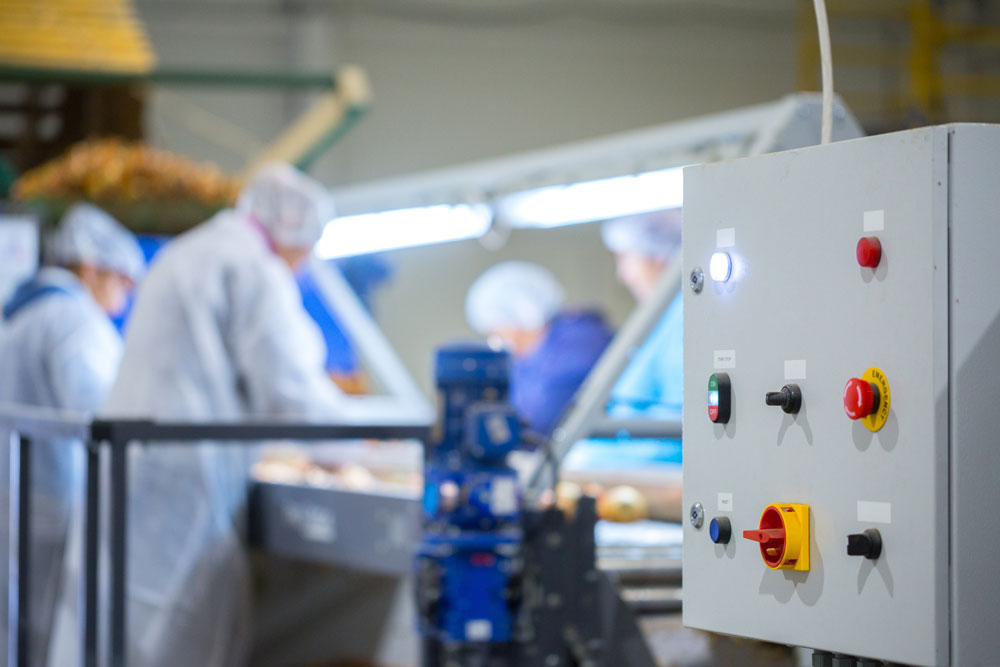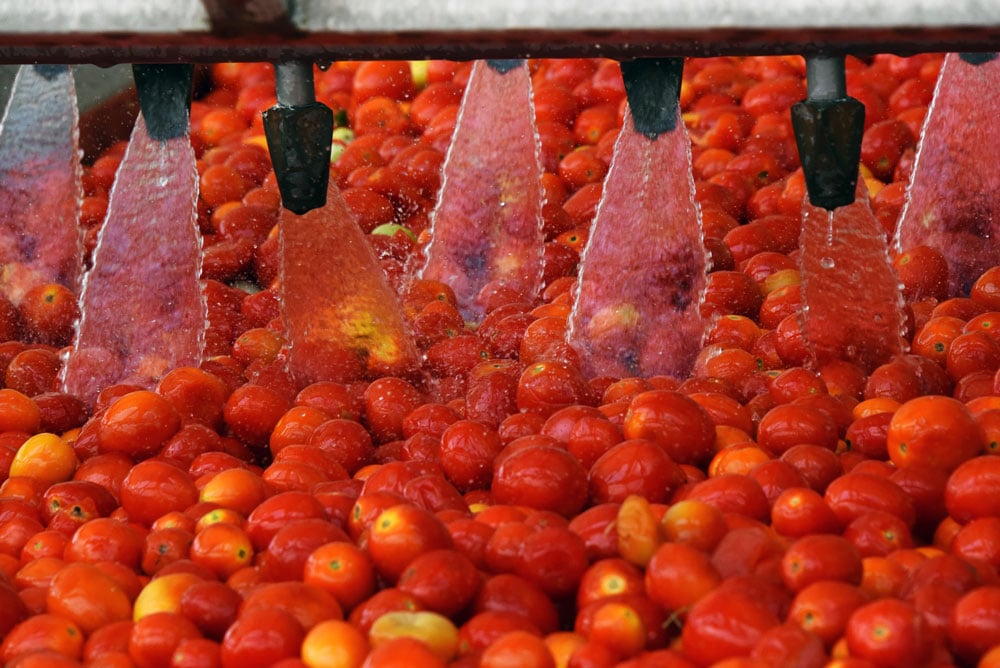A busy food and beverage production facility sees tons of traffic all day, every day. From foot traffic to carts to pallet jacks to forklifts.
Depending on the type of traffic in your facility, as well as the specific area, you’ll need a floor drain system that can handle the necessary loads without breaking, which can be costly to repair and create hazards for workers.
Here’s what you need to know about load class ratings and which is right for your facility.
What is a floor drain load class rating?
A load class rating is a designation given to floor drain products based on the weight they can handle without damage.
Based on the construction of the drainage system, it will be given a load class rating from A to F, which will determine the applications in which it can be used.
This system was created to ensure the safety of pedestrians, workers, drivers, and anyone else who may be passing over a drainage channel.
What are the different load class ratings for floor drains?
Floor drainage systems can be constructed to withstand pedestrian foot traffic all the way up to aircraft—it all depends on the materials and reinforcements involved.
These are the six load classes:
Load Class A, Light Duty: Floor drains with a Class A rating are safe for pedestrian foot traffic, ADA compliant, and are designed for a distributed load of 23 psi (3,300 lbs per square foot).
Load Class B, Medium Duty: A Class B rating is for cars, light pickup trucks, general aviation aircraft, and low speeds (like in parking lots or driveways). Drains in this class are capable of handling a distributed load of 62 psi or 9,000 lbs per square foot.
Load Class C, Heavy Duty: Class C drains can handle pneumatic tire and highway vehicles (e.g., semi-trucks) at low to moderate speeds. Maximum distributed load is 260 psi or 37,400 lbs per square foot.
Load Class D, Extra Heavy Duty: Class D can accommodate highway vehicles, commercial aircraft, and lightly loaded forklifts at slow to moderate speeds (including warehouses). These are designed for distributed loads of 450 psi or 64,800 lbs per square foot.
Load Class E, Extreme Heavy Duty: Class E is for hard wheel forklifts, construction equipment, off-road vehicles, as well as fighter and cargo aircraft, with distributed loads of up to 550 psi or 79, 200 lbs per square foot.
Load Class F, Special Duty: Class F drains can handle highway traffic, i.e. high-speed vehicles, including aircraft on runways, and can withstand distributed loads of up to 900 psi or 130,000 lbs per square foot.
What load class should my floor drains have?
When choosing floor drains for your food processing plant, it’s best to consider the area of the facility where they’ll be installed when determining which load class will apply.
The type of traffic that passes over the drainage channel will determine how well it needs to be reinforced. For example, if you have a trench drain in a storage room wherein only workers will walk, along with light carts for transporting small items, then a Load Class A rated drain is likely sufficient.
If you have a busy production floor that sees forklift traffic, as well as the use of heavy pallet jacks, other light vehicles, or even semi-trailers, then you will absolutely want a Load Class E rated floor drain system. It is always best to exceed what you think you’ll need in order to ensure the longevity of the drains.
Luckily, most manufacturers don’t make floor drains that run the load class gamut; they’ll have light duty and then generally jump up to heavy-duty or beyond.
Choose the right drainage system for your food facility
So long as you consider the area of your facility in which your drainage system will be installed, you’ll be able to make the right decision based on the load class rating information discussed above.
Questions?
If you have any questions about the best floor drain system for your food and beverage processing facility, reach out to a FoodSafe Drains expert today.


